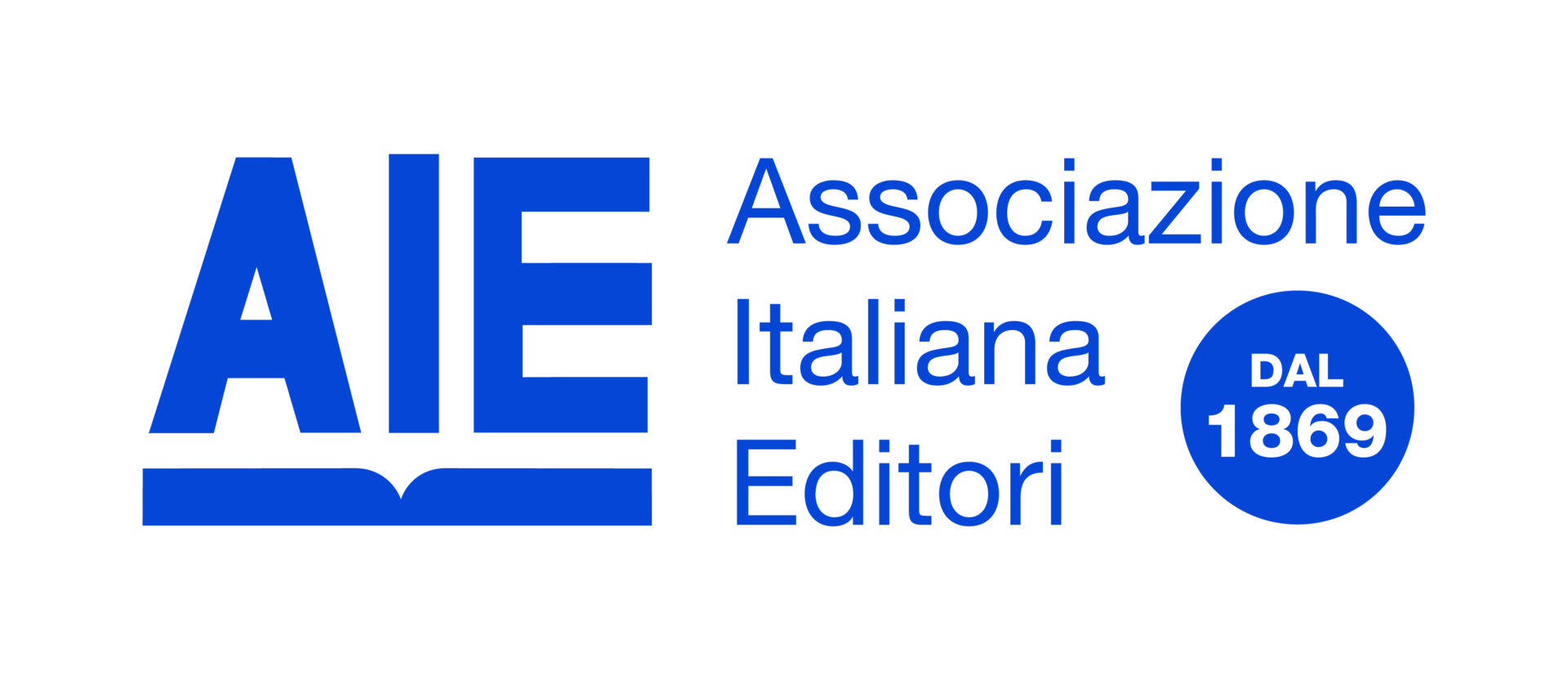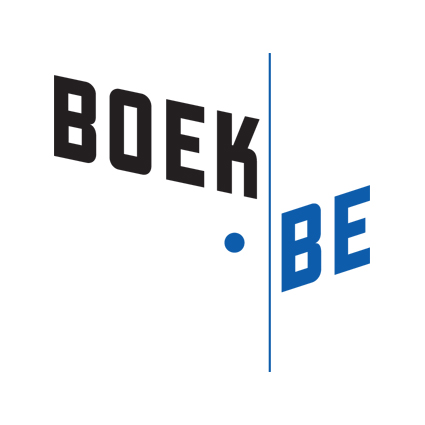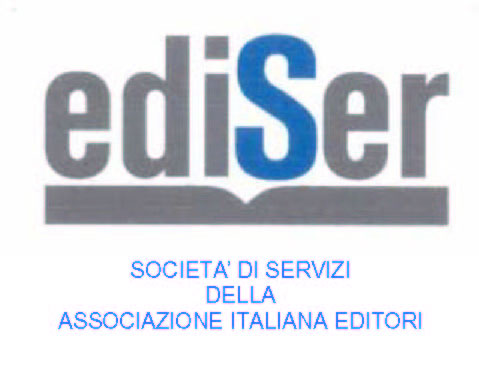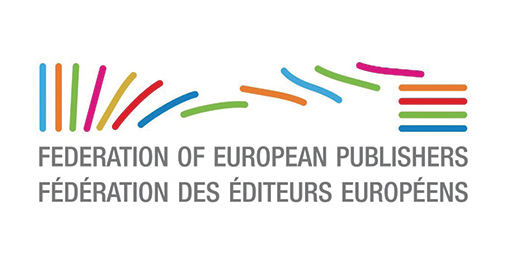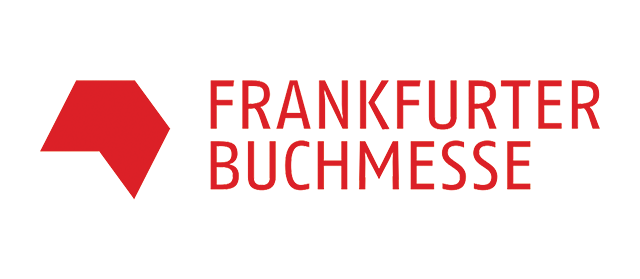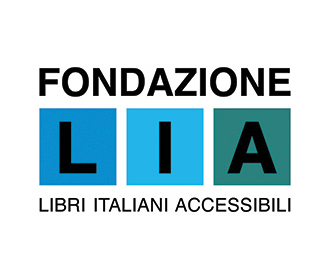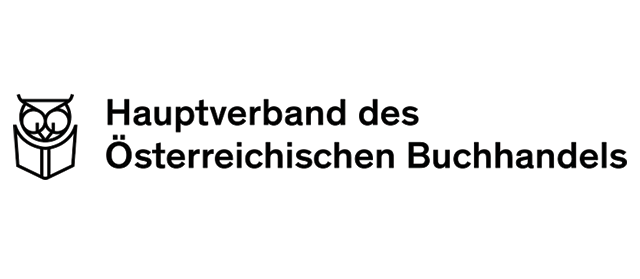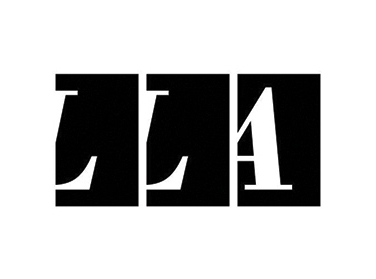Talk by Anne Bergman-Tahon
[This article is part of a series of six devoted to the analysis of scenarios, tools and processes necessary to manage a book value chain that works with environmental sustainability criteria].
Anne Bergman-Tahon -director of the European of the European Federation of Publishers- was one of the speakers during the event on sustainability in the publishing industry, organised in July 17th by FGSR at its main centre in Madrid (Casa del Lector). Her presentation addressed the multifaceted challenges and emerging trends related to environmental sustainability in the European publishing industry, highlighting the role of various stakeholders, including readers and booksellers, and discussed the impact of current practices and regulatory frameworks. This article summarises the key points from her presentation.
Key challenges in sustainability
- Engaging readers
- Understanding value: A significant challenge is educating readers about the benefits of sustainably sourced books. Publishers and booksellers need to communicate why sustainably produced books may cost more and how this contributes to environmental protection.
- Price sensitivity: Readers may be deterred by higher prices associated with sustainable practices, making effective communication and education crucial.
- Book returns
- High return rates: In Spain, book returns can reach up to 30% of production, impacting sustainability and financial stability. In contrast, some countries have lower return rates, suggesting variability in practices and efficiencies. Therefore, the returns reduction should be a key factor in the sustainability target.
- Impact on booksellers: High return rates pose a significant issue for booksellers, who must balance having enough stock to meet demand without over-ordering, which can lead to excess returns.
- Inventory and print management
- Print on demand vs. offset printing: The choice between print on demand and offset printing affects sustainability. While print on demand reduces waste, it may not be suitable for all types of books. Publishers must evaluate the best method based on the book’s lifecycle and demand patterns.
- Local production: The availability and cost of local production facilities for specific book types, such as children’s books, are concerns. The high cost of local production compared to cheaper overseas options affects publishers’ decisions.
- Environmental Impact of E-commerce
- Logistics and packaging: E-commerce presents challenges in sustainability, including excessive packaging and transportation emissions. The trend toward fast delivery exacerbates environmental impacts.
- Innovations in materials
- Alternative paper: Innovations, such as paper made from berries, offer potential for more sustainable materials but are currently limited in production scale.
- Circular Economy and waste reduction
- Supply chain efficiency: Issues related to the circular economy include the inefficiencies of shipping books across Europe multiple times and the potential waste generated from repackaging and restocking.

Trends and innovations
- Sustainability initiatives by booksellers
- Simple measures: Booksellers are adopting practices such as eliminating plastic bags and exploring ways to minimize returns and inventory waste.
- Collaborative efforts: In some regions, bookshops are collaborating to share information and mutualize resources, improving inventory management and reducing the need for e-commerce.
- Technological solutions
- AI and data analysis: The potential for AI to assist in inventory management and forecasting is noted, helping to reduce overproduction and returns. However, the environmental impact of AI itself also needs consideration.
- Local and sustainable production
- Regional solutions: Countries like the Netherlands have effective systems for managing book production and distribution. These models could offer insights for other regions to improve sustainability and efficiency.
- Circular economy considerations
- Recycling and reuse: Emphasis on improving the circularity of book production, including better recycling processes and reducing waste in the supply chain.
Recommendations and Future Directions
Taking into account all the ideas and the description of the situation, as perceived by EFP, the FGSR editorial team has reached the following conclusions as recommendations for the future.
- Enhanced reader engagement
- Education and communication: Invest in educating readers about the benefits of sustainable books and the reasons behind potential cost differences. Clear communication can foster greater acceptance and support for sustainability efforts.
- Improving inventory management
- Optimizing supply chains: Develop strategies to reduce returns and manage inventory more efficiently. Leveraging technology, such as AI, can help in predicting demand and minimizing excess.
- Supporting local production
- Investment in facilities: Consider investing in local production facilities and technologies to reduce reliance on overseas production, particularly for niche markets.
- Promoting innovative materials
- Encourage research: Support research into alternative sustainable materials for book production and explore their feasibility for broader use.
- Collaboration and knowledge sharing
- Foster cooperation: Encourage collaboration between publishers, booksellers, and other stakeholders to share best practices and develop collective solutions for sustainability challenges.
- Advocacy for support
- Engage with authorities: Advocate for public authorities to support sustainability initiatives, including investment in local production and resources for smaller publishers.



